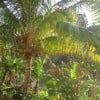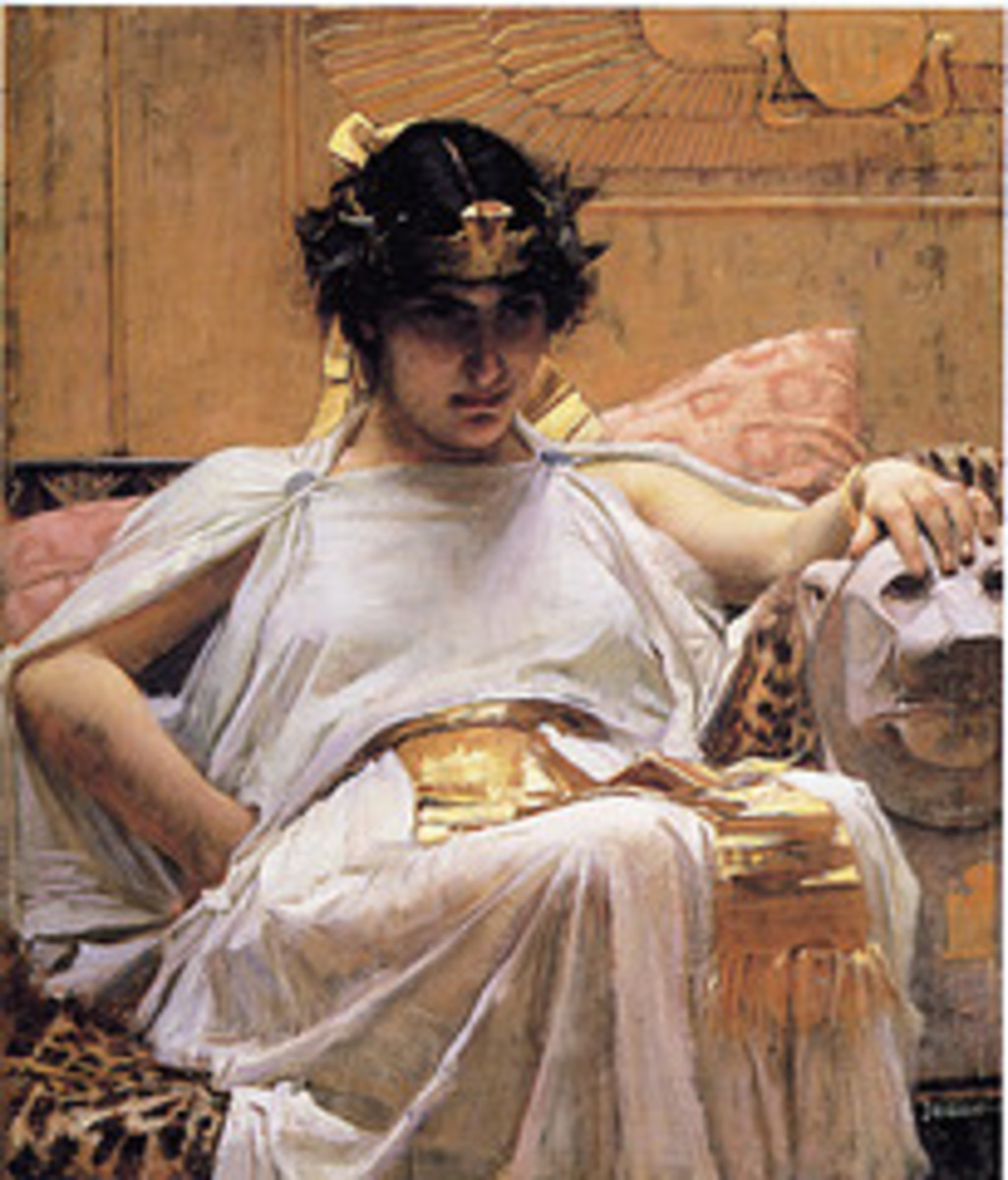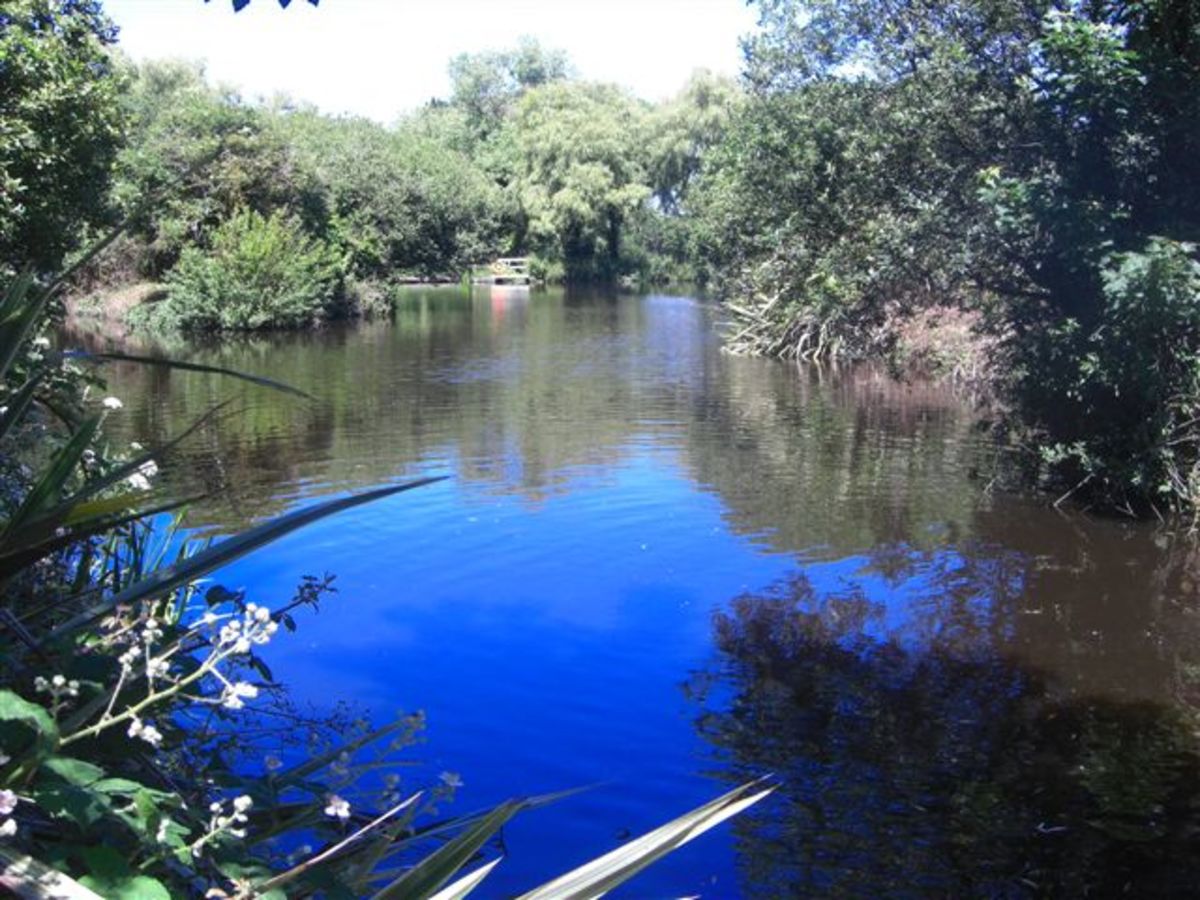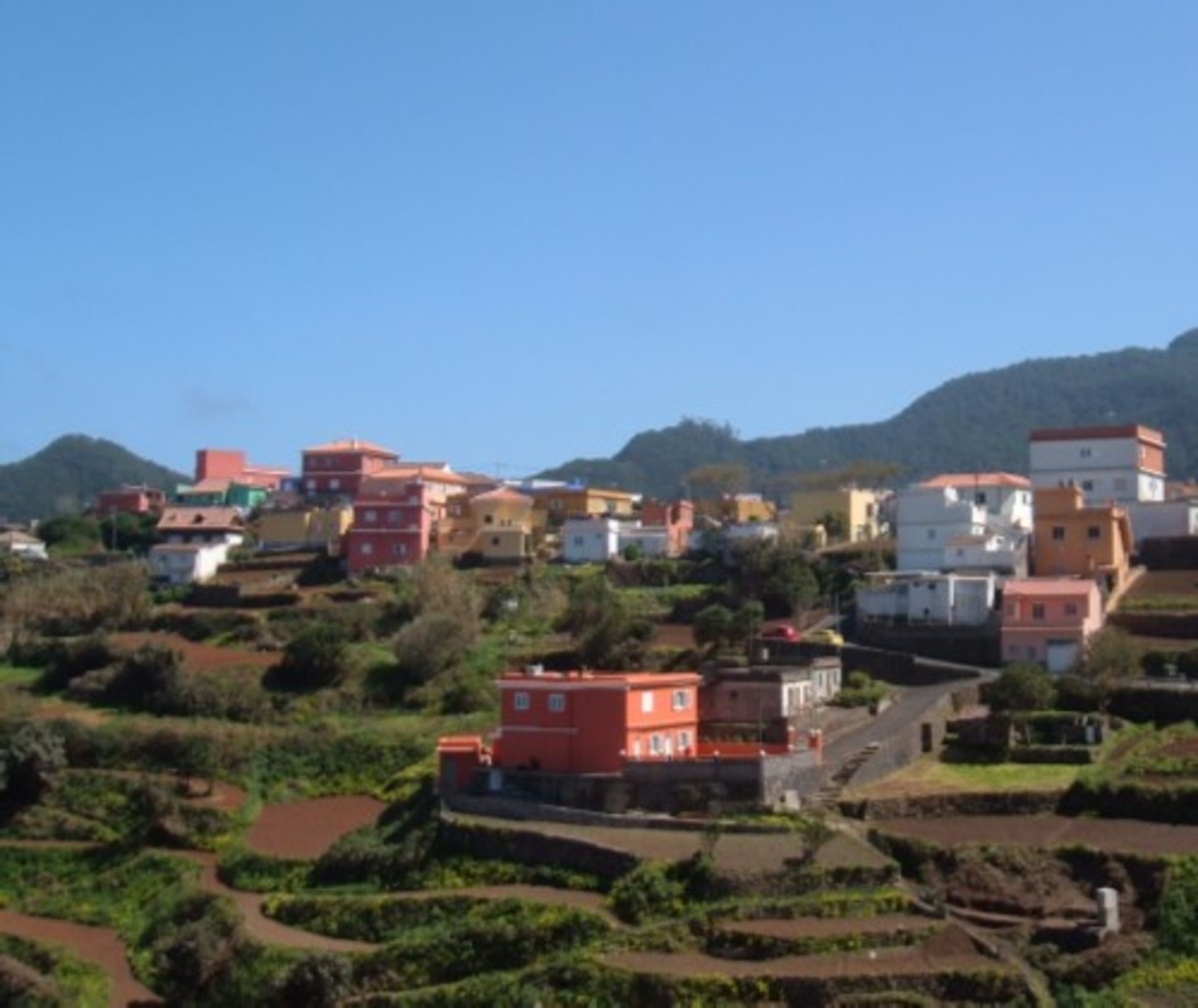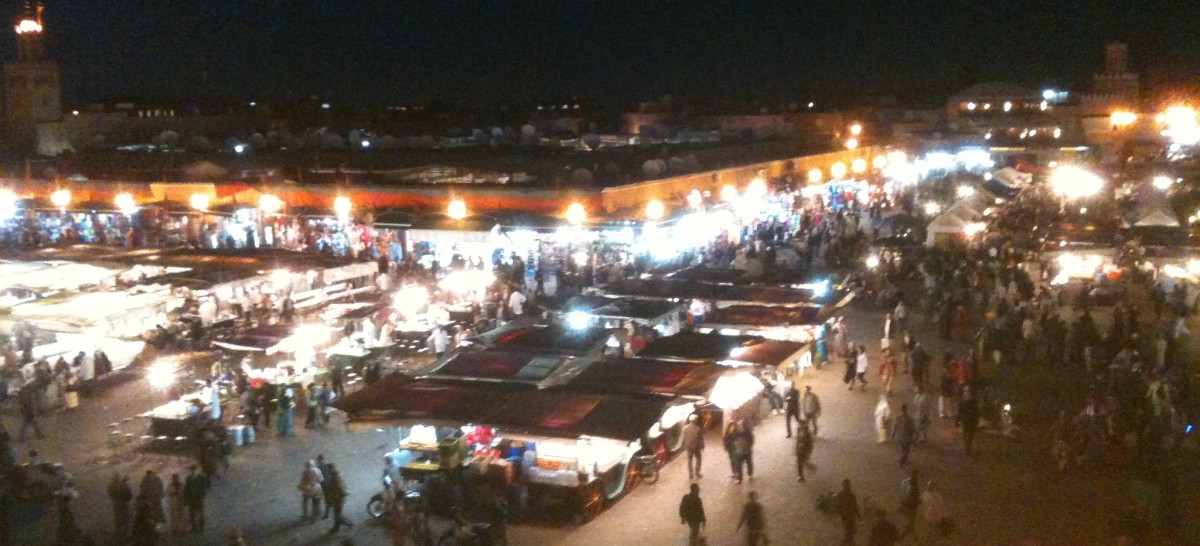- HubPages»
- Travel and Places»
- Visiting Africa»
- Travel to Northern Africa
Egypt Part 5: Aswan Dam and Lake Nasser
I do believe that Lake Nasser is the pride of Aswan. This body of water is the modern wonder of Egypt, the value of which far surpasses the treasures of the Pharaohs. Named after Egypt’s most important political figure in modern times, President Gamal Abdel Nasser, who initiated the controversial High Dam project, Lake Nasser is one of the largest man made lakes in the world. It was created as a result of the construction of the Aswan High Dam across the waters of the Nile between 1958 and 1970.
The Lake is some 550 km long and 35 km across at its widest point. It covers a total surface area of 5,250 km² and has a storage capacity of some 157 km³ of water.
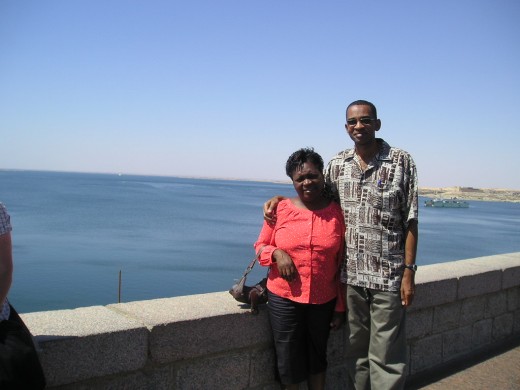
The Benefits of Lake Nasser
Lake Nasser supplies 40% of Egypt’s electricity, and together with the Low Dam guarantees the year round water supply so vital to this desert land of North Africa. Periodic floods and droughts, known since Biblical times (Gen 41:35-36), caused devastating effects on the population in the Nile Delta. The dam lessened the effects of these floods and droughts which would have all but crippled other countries.
The reservoir which averages 14 miles in width has also created a new fishing industry.
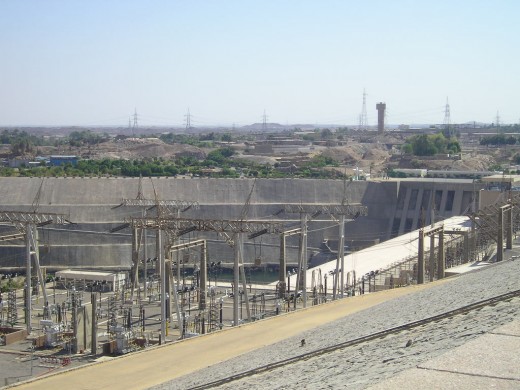
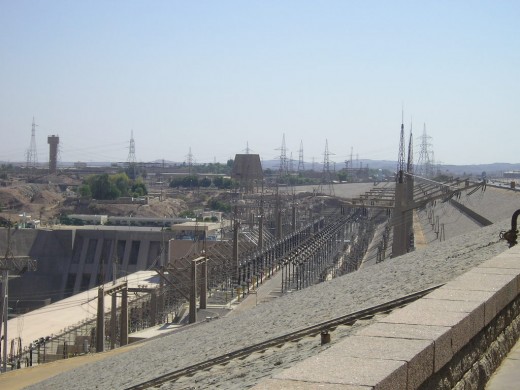
Problems and Environmental Concerns
There are some cultural and environmental challenges. Some you will have to do your own research to find out.
The land of the Great Pyramid has benefited greatly from Nasser’s accomplishment, but this landmark on the Nile has come with problems too. According to our guide, the High dam caused flooding of 10,000 Nubian villages. The Egyptian had to plan a major relocation project for these peasants.
Many major Nubian and Ancient Egyptian archaeological sites such as Abu Simbel were dismantled block by block and moved to higher ground. In fact the entire sacred complex of the Temple of Philae which we visited was a relocated site, had to be removed form the beautiful island of Philae to the present location on the nearby island of Agilkia.
Damming the Nile meant that the valuable silt which the Nile deposited ashore in the annual floods and made the Nile floodplain fertile is now held behind the dam. Silt in the reservoir reduces the storage capacity of Lake Nasser. Reduction of the nutritious silt to the farmers downriver has meant that Egyptian farmers resorted to chemical fertilisers to do the job of the silt for them. The end result is river pollution, which added to the lack of nutrients in the water is also affecting the fish stocks in the river.
Agriculture in the Nile Delta has been affected by subsidence of the delta and the inflow of seawater. Coastline erosion along the Mediterranean is being traced to the Aswan Dam; the Nile transports less sand because of the structure.
Another concern which surfaces when huge dams are built in the tropics is that standing water is a breeding ground for snails carrying the parasite bilharzia, the second most socioeconomically negative parasite, second only to malaria. During the pre-dam era the the water snails were washed along the River Nile and out into the sea. Now, they are unable to get past the Aswan Dam, and spread bilharzia to the people living around Lake Nasser.
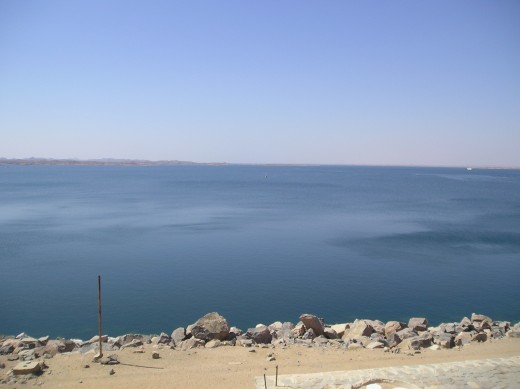
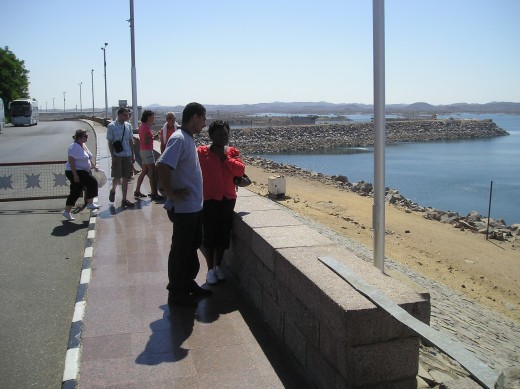
Egyptian Hubs by glendoncaba
- Egypt Part 4: Cairo to Aswan
After leaving the museum we made a bee line for the railway station in Central Cairo in order to catch the overnight sleeper train to Aswan. But I was not willing to say goodbye to the largest metropolis in... - A Jamaican Tourist in Pharaohs Backyard Part 3: The Egyptian Museum of Antiquities
I have evaded crazy drivers in downtown Manhattan, and Kingston, Jamaica, but the Russian roulette driving in the centre of Cairo befuddles the mind even for me. My driver is very comfortable and eases... - A Caribbean Tourist in Pharaoh's Yard or A Jamaican Bald Head in King Tutankhamon's Court
Hanging out with history: the Sphinx. Photo by Kadie Caballero Cataract Pyramids Resort. Photo by Glendon Caballero The trip to Egypt was a romantic and educational vacation we tacked on to a transAtlantic... - Egypt Part 2: The Giza Plateau
Photo by Glendon Caballero As we checked out of the Cataract Pyramids Resort, our guide, Ayman Nagy Ahmed, arrived with his driver, and as promised by Magdy we were soon in our well appointed private bus and...
Learning Egyptian History in the Noonday Sun
Abdul, our guide for this leg of the tour was a passionate nationalist as well as what he termed a ‘middle’ Muslim. He had studied Egyptology in Cairo, and by his own admission was quite active in student life. I admired his idealism, his nobility, and his loyalty to his family.
Aswan was hot like a furnace. Wife and I drank copious amounts of water which we purchased from vendors at Philae Temple and in Aswan market. I was hot, in need of a bath, and hungry for a good meal but the tour schedule meant going straight to the dam.
I could hardly blame the tour company; given the few days we had available to see so much. Talk about Athens and its gods! Egypt is the land of temples and their many gods. And rich with history which saw the great empires of the Ancient Middle east passing through this land watered by the Nile.
Aswan is the southern gateway into Egypt. Here is the frontier, the border with Sudan. Here too at Aswan is the source of the granite used throughout Egypt.
A native of Aswan, the patriotic Abdul spoke passionately about the history of Egypt and the heroic deeds of Nasser. He exclaimed that the Dam was the modern pyramid. Listening to Abdul reminded me of my younger self when I still believed with patriotic fervour in Democratic socialism as the solution for the ills of Jamaican. Probably I still do.
For a nation stranded in the desert with nothing but the Nile the Nasser Dam with its history and salvation for irrigation and electricity as well as just the blue Nasser Lake in the middle of the desert must present a modern wonder. For me, an islander, so used to seeing rivers and sea, I was more impressed with the story than the man made lake.
The story behind the building of the dam is as intriguing as the abundant blessings of the project. Cold war politics, international intrigue and high finance featured strongly. Abdul suggested that Nasser was forced to seek financing from the Soviet bloc to construct the High Dam because of the lack of support from western countries. Some observers would suggest that Nasser was adept at playing off one superpower against the other for the benefit of Egypt.
We left the High Dam and its history of international political intrigue behind and journeyed to a point where we boarded a motorboat for the trip across the Nile to the Philae Temple.
